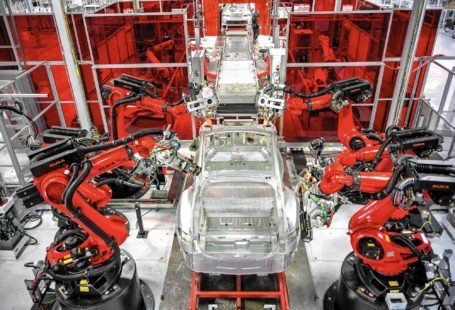It’s important to follow trends and consider the implications, but are we always properly interpreting what the trends mean and the future implications of what we are observing today?
Let’s look at the trending Google term ‘online grocery shopping’, both globally and locally (within the UAE).


They seem to be very similar in trajectory, but what does it mean? At first glance, it seems that there was a spike following lockdown and stay-at-home orders, but now that trend is starting to fade… right?
Now let’s consider the bigger picture and basic human behavior. If I was to explore online grocery options for the first time, I might search on Google, but as I become accustomed to my options and begin to order, I might transition to directly ordering from their website or even as many do, directly from their mobile apps. No longer would I turn to Google to search for it.

The initial trend spike indicates a transition to online grocery ordering, but once people are introduced to a seamless service, more than likely they are willing to stay (assuming the delivery times and service can maintain the high demand volumes). If we consider this a temporary fad due to the Google Trends we would be optimistic about traditional grocery and potential retail going forward, or has the COVID-19 pandemic accelerated a trend towards digital and now created lock-in with direct repeat sales/orders via direct channel communication via first-party apps?
The truth is not as simple as it seems and we should consider taking a deeper look to explain what trends mean and indicate.


